
Jul 10, 2025 • 10 min read
California may be besotted with cars but that's not the only way to see the Golden State. Here's everything to know about getting around California.

Jul 10, 2025 • 10 min read
California may be besotted with cars but that's not the only way to see the Golden State. Here's everything to know about getting around California.
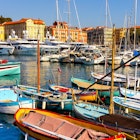
Jul 10, 2025 • 5 min read
Stretch your legs away from the big-city chaos and discover more of southern France with these top day trips from Marseille.
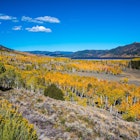
Jul 10, 2025 • 9 min read
What activities are on your Utah itinerary? Here are 19 amazing ideas for the best things to do in Utah, including national parks, hot springs and gardens.
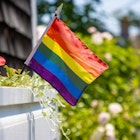
Jul 10, 2025 • 3 min read
Openness and diversity are non-negotiable at these small-town celebrations of the LGBTIQ+ community.

Jul 10, 2025 • 13 min read
Every corner of Great Britain is infused with history, but in England, the storybook goes into overdrive. Here are the best historic sights in England.

Jul 10, 2025 • 9 min read
Located between Hanoi and Ho Chi Minh City, Danang is blessed with mountains, a long city beach, fresh seafood and a laid-back vibe

Jul 10, 2025 • 16 min read
With FIFA World Cup matches in Mexico, Canada and the USA next summer, traveling football fans are spoiled for choice. Here's our guide to where to go.

Jul 10, 2025 • 5 min read
Our creative director and content creator decided to put her phone away and pick up a camera for a trip to India.
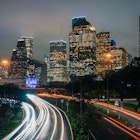
Jul 10, 2025 • 5 min read
Plan your transportation around Houston, Texas, with this guide to local transit.

Jul 9, 2025 • 9 min read
A trip to France doesn't have to be a luxury bucket list item. These handy tips make traveling there (and enjoying it ) so approachable, no matter the budget.
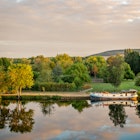
Jul 9, 2025 • 8 min read
Top canal boat trips in France and how to plan and book them.

Jul 9, 2025 • 7 min read
Here's how to enjoy a perfect day in Agadir, from hiking to sampling delicious street food to enjoying brilliant ocean sunsets.
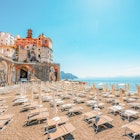
Jul 9, 2025 • 6 min read
The pocket-sized town of Atrani on Italy's Amalfi Coast is considered one of the most beautiful in Italy
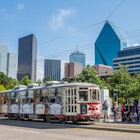
Jul 9, 2025 • 9 min read
Dallas, Texas, offers a surprising mix of incredible food, exciting art, green space, design inspo, live music and more across these eight neighborhoods.

Jul 9, 2025 • 10 min read
For an enigmatic introduction to ancient England, book a visit to Stonehenge. Read on for our top tips for visiting this UNESCO World Heritage-listed site.

Jul 9, 2025 • 4 min read
Our insights on weather, attractions, events and packing tips will help you determine the best time to visit Vancouver.

Jul 9, 2025 • 6 min read
Here’s how – and where – to make the most of stargazing in New Zealand.

Jul 9, 2025 • 3 min read
Changes are coming to European hand luggage rules.

Jul 9, 2025 • 10 min read
Norwich is a place where you can escape the hubbub. From museums and fine dining to exploring the city’s grand cathedral, here are the top things to do.

Jul 9, 2025 • 10 min read
Cornwall has some of the best beaches in England, from family-friendly resort beaches to rugged, empty coves. Here are our favorites.

Jul 9, 2025 • 12 min read
These fabulous experiences will show you the best of Taiwan, from night markets to nature trails to Indigenous cuisine.

Jul 9, 2025 • 7 min read
The UK's lakes region of Cumbria is packed with outdoor adventure, historic charm and great food.